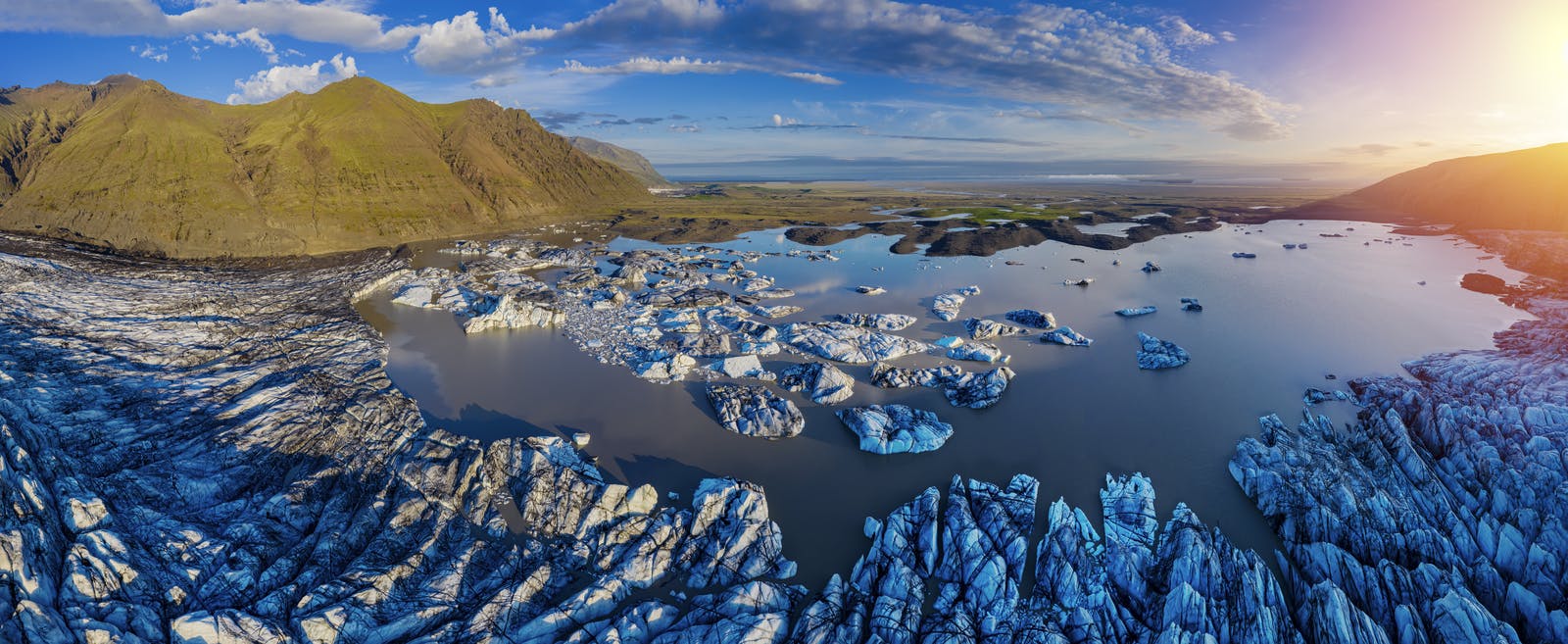
Guide to Skaftafellsjökull Glacier in Iceland
Skaftafellsjökull
Iceland, a land of fire and ice, is renowned for its stunning landscapes shaped by the powerful forces of nature. Glaciers hold a special place among its many wonders, and one such marvel is Skaftafellsjökull. This glacier, nestled within the vast expanse of Vatnajökull National Park, not only captivates with its icy beauty but also offers a window into Iceland's geological and cultural history. In this exploration, we delve into the geographical, historical, and ecological facets of Skaftafellsjökull, examining its role in the local ecosystem, the impact of climate change, the burgeoning tourism industry, and the imperative need for conservation.
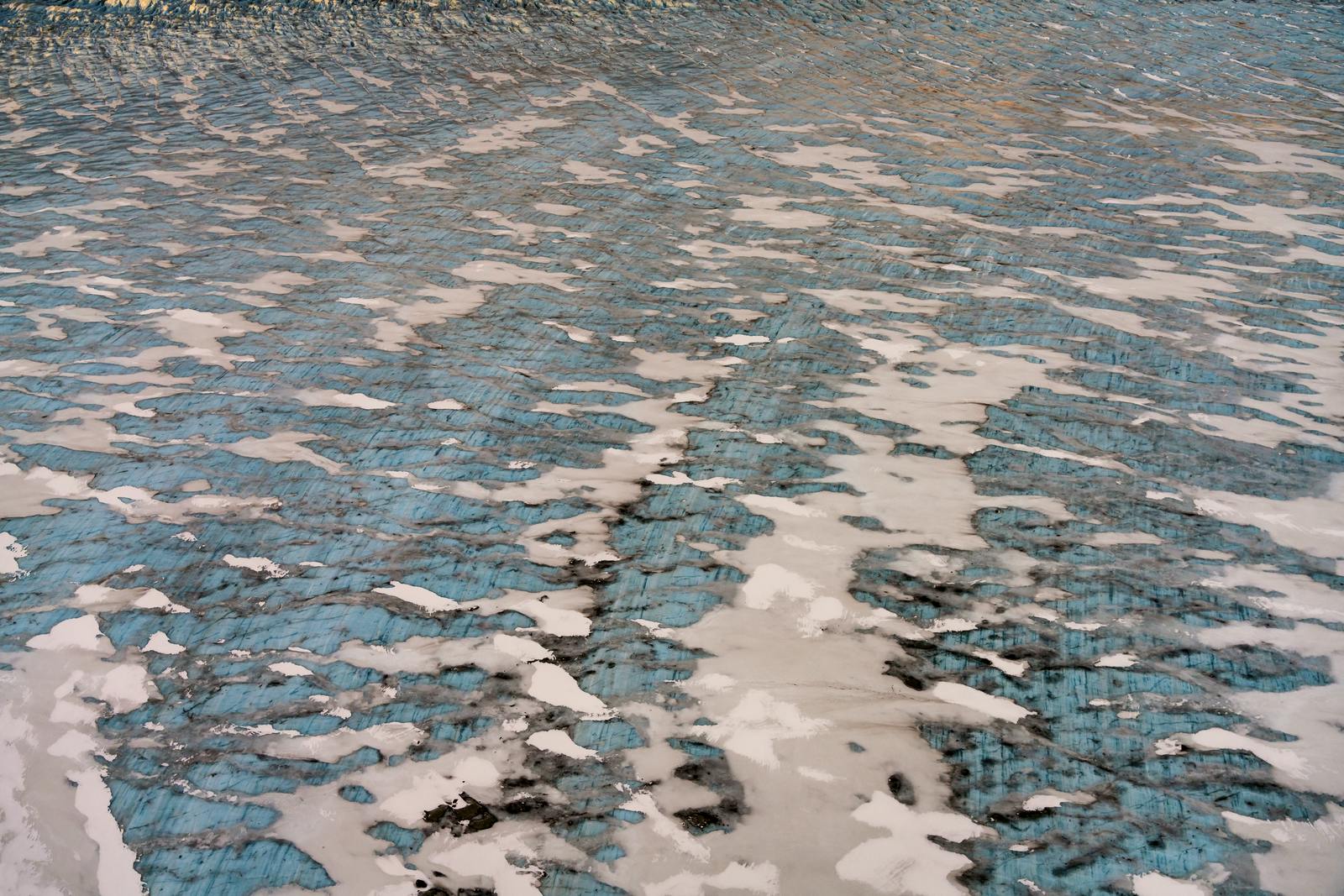
Location within Vatnajökull National Park
Skaftafellsjökull finds its home within the expansive Vatnajökull National Park, a UNESCO World Heritage site known for its diverse landscapes, including glaciers, volcanoes, and glacial rivers. The park encompasses a significant portion of the Vatnajökull ice cap, and Skaftafellsjökull stands as one of its prominent outlet glaciers. The glacier is located between Höfn and Vík in Southern Iceland, approximately 247 kilometres (about 153 miles) from Reykjavík.
Relation to Other Glaciers in the Region
Skaftafellsjökull is not an isolated entity but is interconnected with other glaciers in the region. It shares its icy domain with neighbouring glaciers such as Svínafellsjökull and Falljökull, contributing to the vast glacial network within Vatnajökull National Park.
Glaciers in Iceland
Glaciers are a big part of Icelandic nature. There are 269 named glaciers on the island, and they have all contributed to nature in one way or another. In Reykjavík, Perlan Museum has a thorough and exciting exhibition dedicated to glaciers and ice caves, giving you an opportunity to learn more about them.
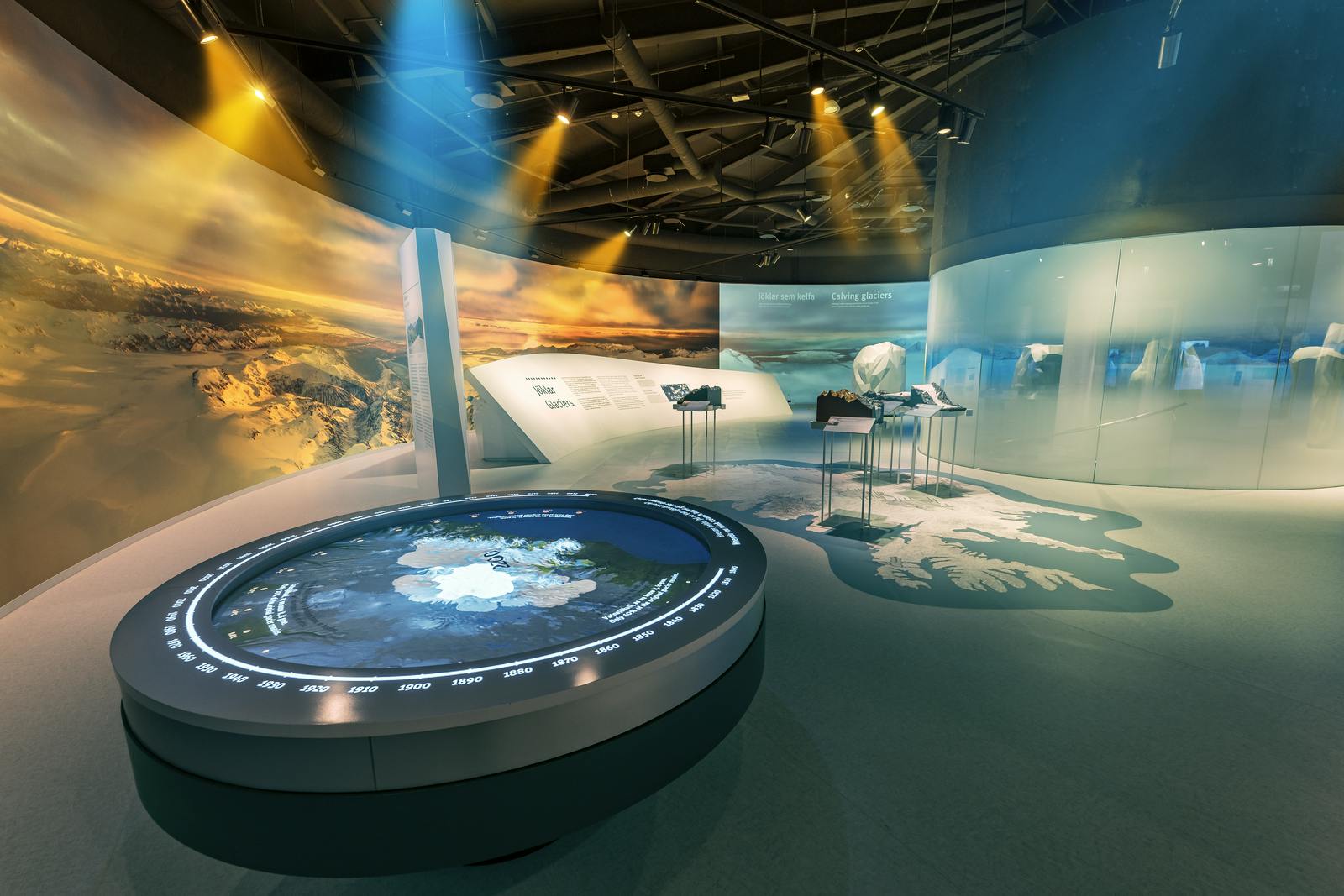
In addition to their beauty and magic, Iceland’s glaciers are also incredibly important for the environment. They are an important source of fresh water for the island, and they play a vital role in regulating the island’s climate.
Geology
The sheer size and expense of Skaftafellsjökull are awe-inspiring. As a glacier tongue extending from the Vatnajökull ice cap, it winds its way through valleys, creating a dynamic landscape of crevasses, seracs, and ice formations. Understanding the scale of this glacier is crucial to appreciating its geological significance and ecological impact.
Formation of the Glacier
The formation of Skaftafellsjökull is intricately tied to Iceland's geological history. The glacier is a product of the interaction between volcanic activity and glacial processes. As the Vatnajökull ice cap developed over millennia, Skaftafellsjökull emerged as a distinct feature, shaped by the movement of ice and the underlying volcanic landscape.
Historical Mentions and Significance to Early Icelandic Settlers
The historical significance of Skaftafellsjökull extends to early Icelandic settlers who navigated and settled the challenging terrains of the island. While precise historical mentions might be scarce, the glacier would have played a role in the exploration and habitation of the region, influencing early human interactions with the landscape.
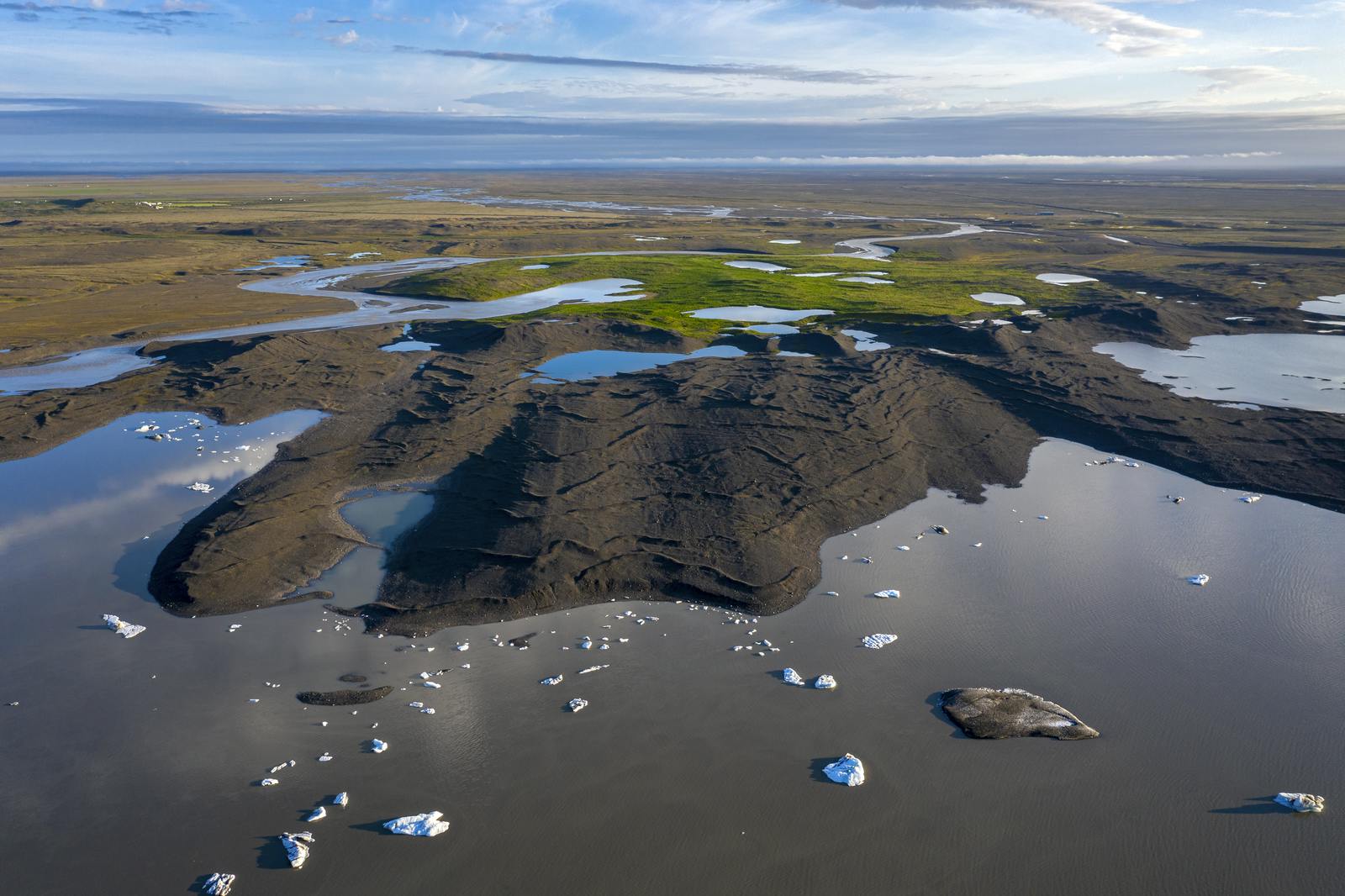
Role of Skaftafellsjökull in the Local Ecosystem
The ecological impact of Skaftafellsjökull extends beyond its icy surface. Meltwater from the glacier contributes to the formation of glacial rivers, influencing the hydrology of the region. The proglacial areas surrounding the glacier harbour diverse ecosystems shaped by the interaction of ice, water, and land.
Flora and Fauna Dependent on Its Surroundings
The unique ecosystems around Skaftafellsjökull support a variety of flora and fauna adapted to the harsh glacial environment. Mosses, lichens, and hardy plant species find niches in the rocky terrain, while bird species, such as ptarmigans, may thrive in the adjacent moraines. The glacier's surroundings become crucial habitats for species that have evolved to withstand the challenges posed by glacial landscapes.
Effects of Climate Change on the Glacier and Its Ecology
Climate change poses a significant threat to the delicate balance of Skaftafellsjökull's ecology. Rising temperatures contribute to increased melting, affecting the glacier's mass balance and altering the timing and volume of meltwater discharge. These changes can have cascading effects on downstream ecosystems, emphasising the vulnerability of glacial environments to global climate shifts.
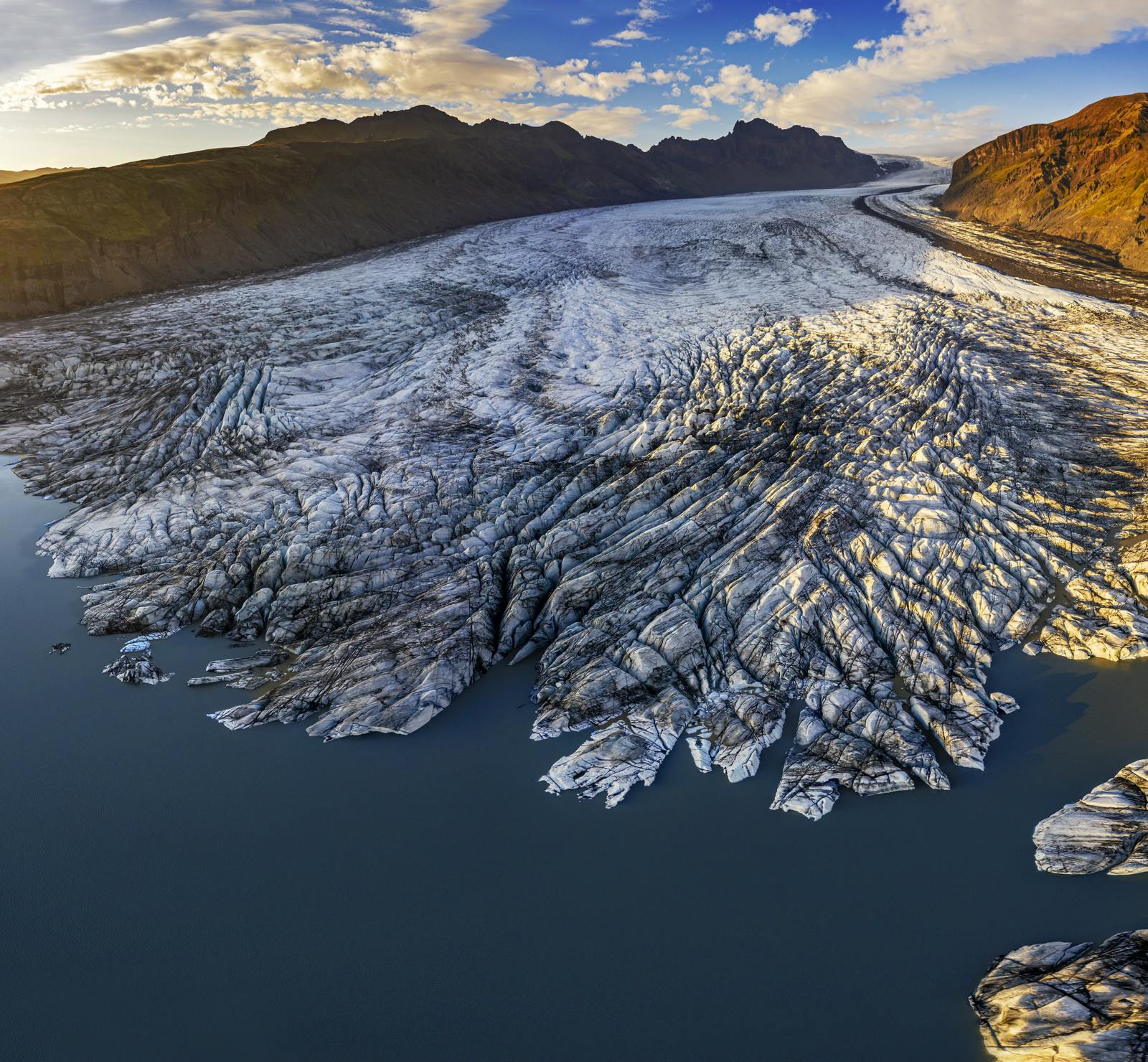
Growth of Tourism in the Region
In recent years, the allure of Iceland's glaciers, including Skaftafellsjökull, has led to a surge in tourism. Visitors from around the world are drawn to the breathtaking landscapes, ice formations, and the unique experience of exploring glacial environments. Skaftafellsjökull is one of the glaciers in Iceland that get the most requests for guided tours.
Best Ways to Experience and Explore the Glacier
For those seeking to experience the majesty of Skaftafellsjökull, guided tours and hiking expeditions provide opportunities to explore its surface. Ice caves, with their enchanting play of light on translucent ice, offer an educational and awe-inspiring surreal experience.
Safety Measures and Precautions for Visitors
While tourism brings economic benefits, it also poses challenges to the fragile glacial ecosystems. Visitors are urged to adhere to safety guidelines and designated paths to minimise environmental impact. The importance of responsible tourism practices cannot be overstated, as the preservation of Skaftafellsjökull depends on the conscientious behaviour of those who explore its icy expanses.
Hiking at Skaftafellsjökull Glacier
Embarking on a hike to Skaftafellsjökull Glacier is a straightforward and accessible adventure, unfolding on mostly level terrain. The trek spans approximately 4,7 kilometres (3 miles) when traversed in a clockwise direction.
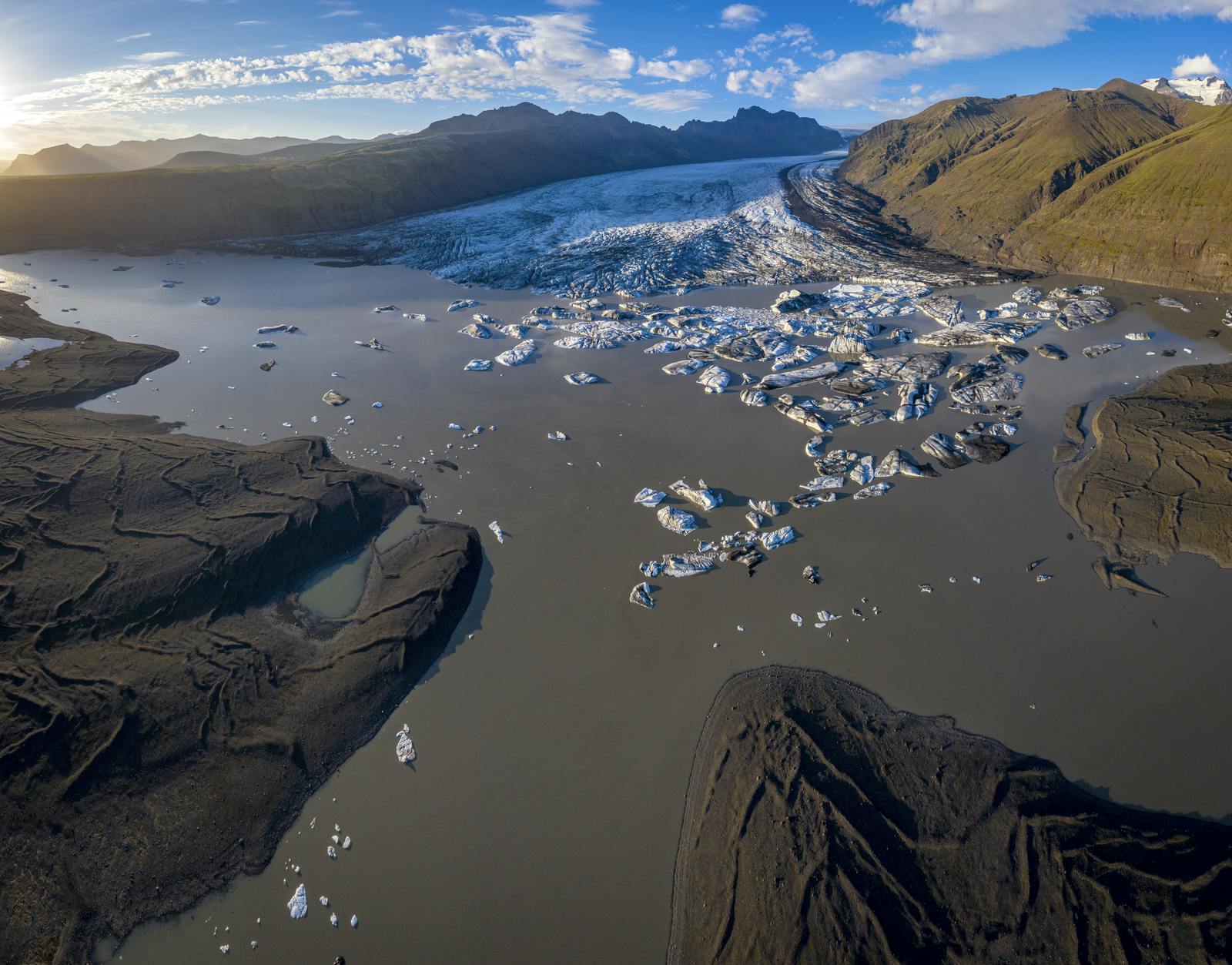
Commence your journey by following the paved road originating from the Skaftafell visitor centre, guiding you towards the majestic Skaftafell Glacier and ultimately leading to the sought-after destination of Skaftafellsjökull Glacier. Beyond the paved section's conclusion, a gravel path unveils itself, guiding you to a vantage point where a breathtaking view of the extraordinary outflow glacier, Skaftafellsjökull, and its origins in the Vatnajökull ice cap awaits. Hiking along Skaftafellsjökull Glacier provides an intimate encounter with Iceland's untamed and remarkably magnificent natural environment, allowing visitors to immerse themselves in the unparalleled beauty of the surroundings.
Importance of Preserving Skaftafellsjökull
Preserving Skaftafellsjökull is not only a matter of environmental stewardship but also a commitment to safeguarding Iceland's cultural, geological, and ecological heritage. With its millennia-long history, the glacier represents a living testament to the intricate dance of ice and fire that defines the island's identity.
Current Conservation Projects and Initiatives
Conservation efforts are underway to monitor and protect Skaftafellsjökull. Scientific research informs conservation projects that aim to understand the glacier's response to environmental changes and mitigate potential threats. Collaborative initiatives involving researchers, local communities, and governmental bodies contribute to the sustainable management of this glacial marvel.
How Visitors Can Contribute to Its Protection
Visitors play a crucial role in the preservation of Skaftafellsjökull. By adhering to guidelines, respecting designated paths, and participating in educational programs, tourists can contribute to the sustainable enjoyment of this natural wonder. Responsible tourism practices are vital to ensuring that future generations can continue to marvel at the beauty of Skaftafellsjökull.
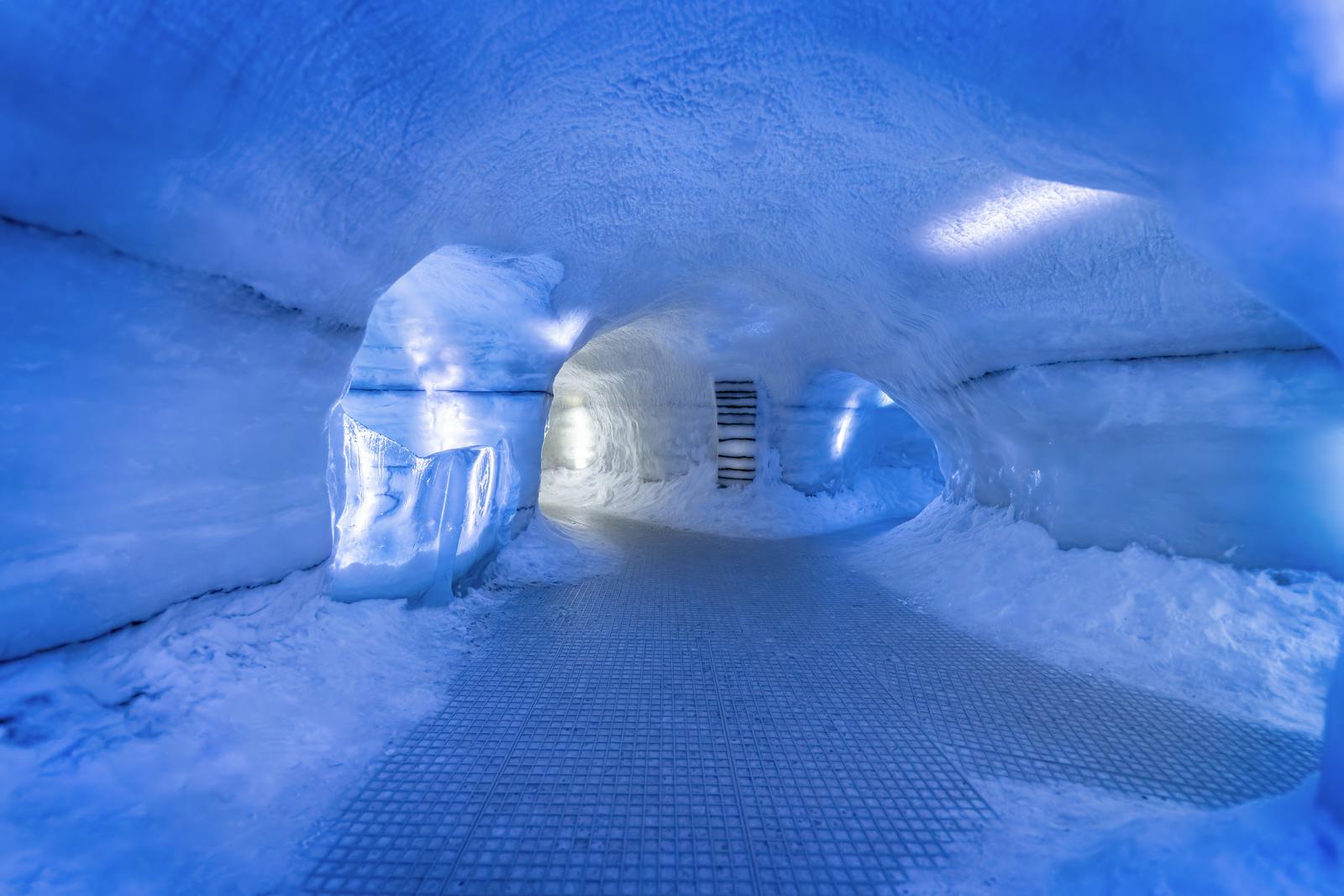
Skaftafellsjökull FAQ
What Does Skaftafell Mean in English?
"Skaftafell" translates to "Valley of the Poles" in English. The name is derived from the fact that the area was historically a meeting point for local districts, and wooden poles were used to mark the location.
What is the Name of the Glacier in Skaftafell?
The glaciers in the Skaftafell region are known as Svínafellsjökull Glacier and Skaftafellsjökull Glacier.
How was Skaftafell Formed?
Skaftafell was formed through a combination of geological processes, including volcanic activity and glacial movements. The landscape in this region was shaped by the influence of the Vatnajökull Glacier, which is the largest glacier in Iceland. The interplay of volcanic forces and glacial erosion has resulted in the diverse and stunning natural features found in the Skaftafell area.







